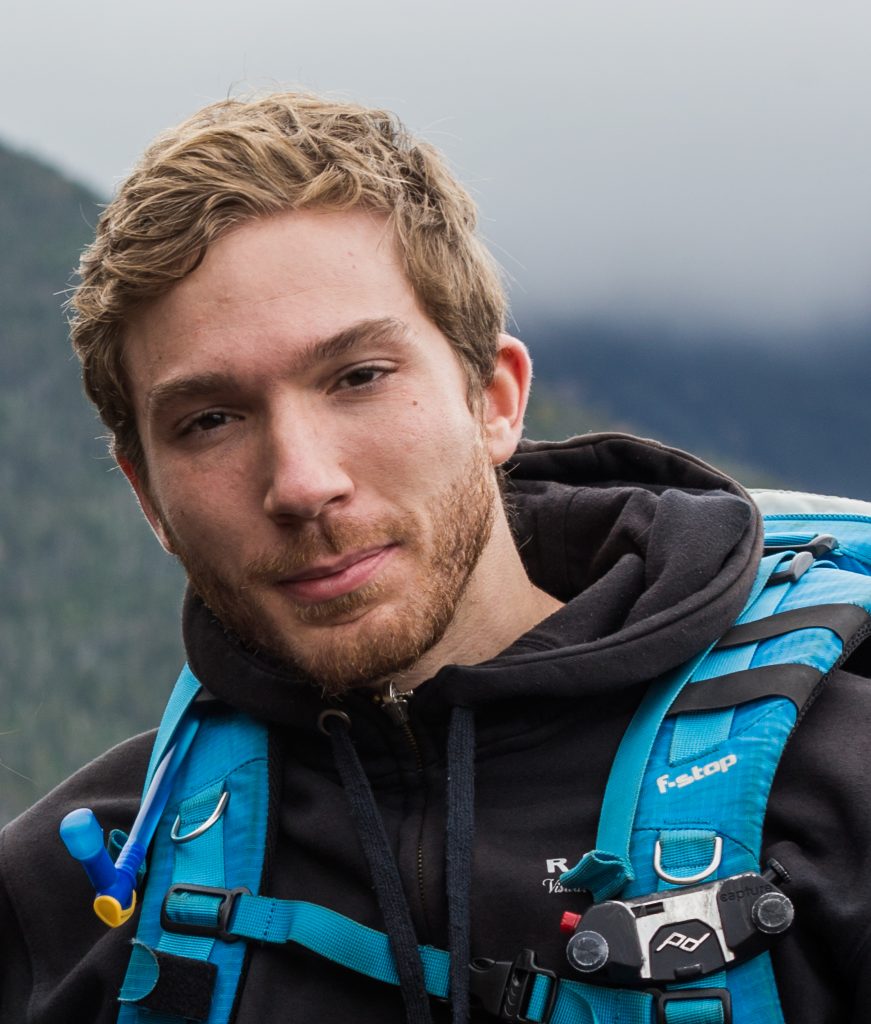Our Galapagos diary continues!
March 7 2020
The next day, after 5 hours' sleep, we're back at the airport, heading for the Galapagos! To avoid stress before flying to the Galapagos: the agency ITK with whom we booked a kind of tailor-made tour, had warned us to be there well in advance, and she was right. It saved us a lot of stress compared to other travelers. Even though it's an internal flight, you need at least 4 hours to get through the special procedures and not be too stressed.
A first line checks your identity and gives you a paper (Ingala card) that validates your right to enter the Galapagos (cost 20$). Then a second line gives you access to a scanner which scans all your baggage (hold and cabin) to check that you have nothing dangerous for Galapagos wildlife. Once validated, your baggage receives a green ziptie and you can finally go to the counter to check in your baggage and collect your boarding passes. Then security and you're ready to wait for your plane. Throughout the process, several people cut in line or begged us to go ahead of us as they were going to miss their flight. Many people seemed unaware of the length and number of extra steps (compared to a regular domestic flight) that had to be taken before the flight.

Once all the paperwork is done, we're finally in the waiting area and enjoying a well-deserved breakfast at "El Espanol". Marie realizes that being a vegetarian and not speaking Spanish can complicate certain exchanges. She just wanted to remove the ham from an egg breakfast sandwich, which took a while. In fact, they removed everything from the sandwich, leaving only the bread...
Marie can't wait to see all the people with masks and no symptoms at all. So much the better if it discourages people from traveling! Fewer gringos everywhere. We'll realize later that our reaction to these masked people was a little misguided...

The plane arrives (company Tame) and we finally board for the Galapagos, heading for Baltra airport, an island to the north of Santa Cruz. This small island is uninhabited and contains only the airport.
The flight takes about 2 hours. On arrival, we get off the plane and come across our first land iguana on the way between the plane and the terminal building. Things get off to a good start! We go through immigration, pay the Galapagos entry tax of 100$, put our luggage through a scanner again and can finally collect our bags and leave the airport.

The usual route is to take a bus or cab from the airport to the boat crossing to Santa Cruz Island and then another cab to the town of Puerto Ayora, where the hotels are located.
In our case, we have to take another (smaller, much smaller) plane to the island of Isabela, which will be our final destination.
So we wait at the Emtebe counter to check in our big bags. The extra baggage charge is a pain, but we expected it, as the airline limits your total baggage (hold + cabin) to 11kg.

We then go through security again and wait for our plane. We head for our plane with the rest of the passengers (4 other people). The plane is a small twin-engine with 10 seats, even smaller than the one we had in Costa Rica! We board, the pilot gives us a quick briefing on the flight, and we put on our noise-canceling headphones for takeoff.
The advantage of this kind of flight is that it gives you a bird's-eye view of the islands, but for the carbon footprint... it's not great. The sea is blue, the landscapes vary between volcanic rocks and small forests. It's beautiful, and we can't wait to visit it all.

After a 30-40 minute flight, we arrive in Isabela at a tiny, deserted airport. We meet up with our driver, Pablo, who has been waiting for us.
He takes us directly to our hotel (San Vicente) in the town of Puerto Villamil, and we're finally relieved to have finished our long journey to this dream destination.
It's 2pm, almost 36 hours since we left home, and we're about to start sightseeing. It's 1 hour less here than in Montreal.

—-
Puerto Villamil is more like a village than a city, and that's great because so much can be done on foot or by bike. Here, the bicycle path is half the size of the street, the equivalent of a lane.
There are a number of free activities and we choose to go to the "Concha de Perla". This is a well-known snorkeling spot in Isabela. I was expecting to come across a beach, but in fact you arrive directly on a pontoon with access to the water, after crossing an area of mangroves.

But first, I need to tell you about the route to the pier. We arrive at the port (about a 15-minute walk from our hotel), where the trailhead to Concha de Perla is located, and it's already a paradise for marine iguanas. There are plenty along the way, sleeping in the sun. You have to watch where you step! I didn't expect to see so many animals here in such a short space of time. It's quite incredible.

But it doesn't stop there. Following the iguanas, we arrive at a quay where some boats dock for excursions. Under a small roof, we come upon a "colony" of Galapagos sea lions. At least twenty of them are resting on the wooden dock, sheltered from the sun. They're chatting, scratching and sleeping. We pass within a foot of them, no movement at all. Here, animals are the kings of the place and have no fear of humans. We're even afraid of waking them up by passing so close!

We could hardly have wished for a better first contact with the island. We finally turned back to take the real path to Concha de perla. A wooden bridge takes us through the fairly dense mangrove swamp. We come across a few iguanas and a sea lion sleeping in the middle of the path. Then, finally, the pontoon, which is far from deserted.

We take a look at what's going on in the water, seeing fish, crabs and a sea lion falling in love with a swimmer she won't let go. I then set off for my first snorkeling experience. Marie prefers to wait for the place to empty out a little.
In the end she may have been right, as the crowds in the area make visibility poor and I can't say I see much life.

After about 15 minutes I get back on dry land. I saw a few fish but not much else. A local guide advises us to come back early in the morning around 5.30am (which we wanted to do but didn't in the end). According to him, the density of animals is incredible. With the added bonus of sunrise if you get there early enough (before 6am in our case).
So we decided to leave the Concha de perla and visit the beach next to the port.

There's a huge number of sea lions here, and they're the kings of the place. If you want to sit on a bench, you have to get up early, otherwise it's the sea lions who occupy them (and sometimes fight for the spot), which seems to be a prime spot, coveted by its fellow sailors.
We'll stay a while and watch these rather funny animals, just long enough to eat an empanada. They're fun to watch walking along the beach, jumping on a table to take a nap, talking to each other, or squabbling over a bench.
We return to the hotel at the end of PM. We go out around 6pm to eat at the very good " Coco surf" probably the best restaurant in Puerto Villamil. You have to pay the price (we paid 50 $ usd for 2 courses and two drinks) but it was delicious and well worth it.
Back at the hotel, it doesn't take us long to fall asleep. It's been a long trip, and our bodies need a little rest.

Galapagos Journal:
Day1














